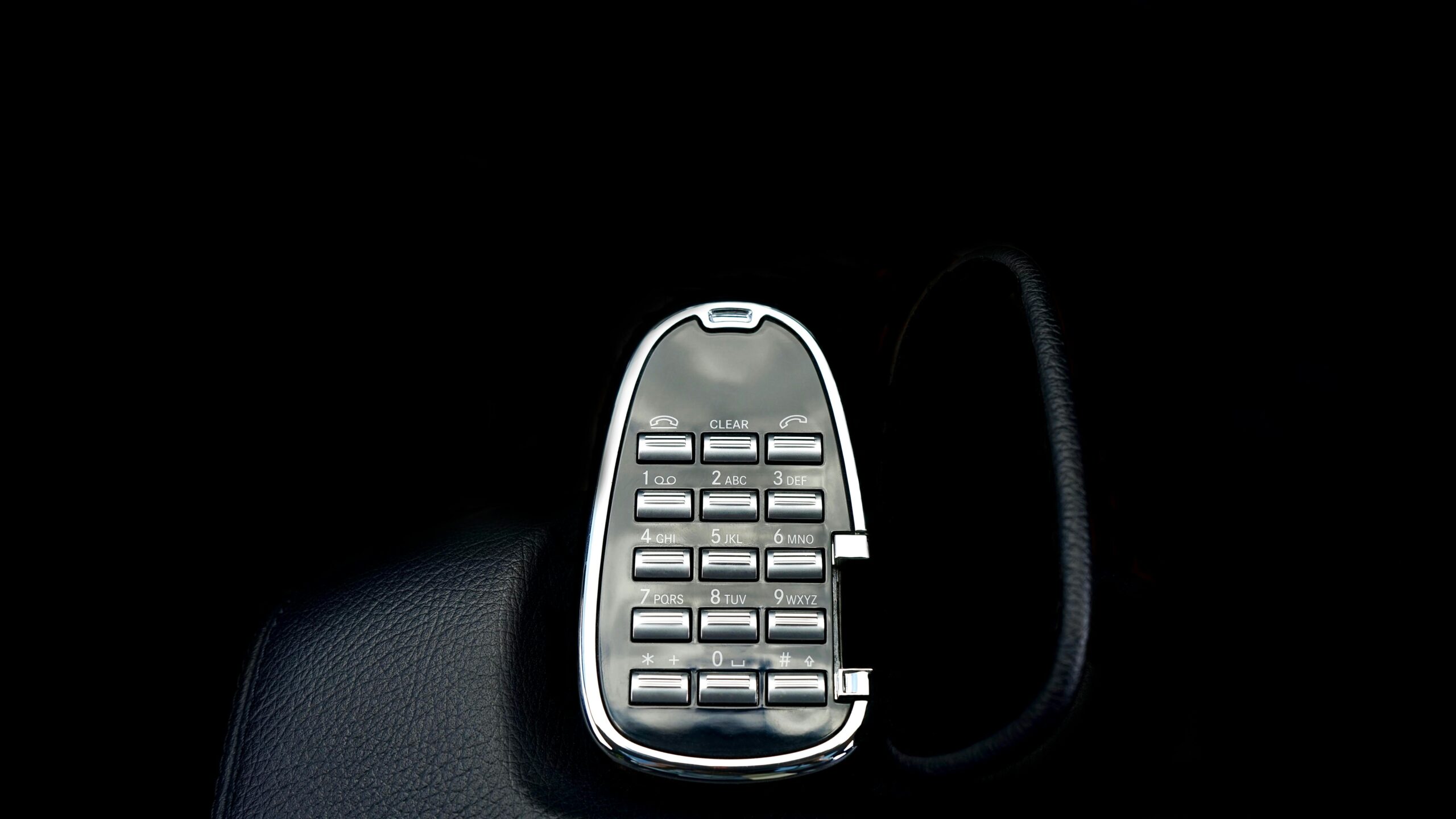Beyond the black mirror: The disappearing act of modern technology
Walk into a truly luxurious modern home, and you might notice what isn’t there. You won’t see a tangle of wires snaking from a television, a clunky soundbar cluttering the mantle, or a chorus of plastic smart speakers vying for counter space. Yet, with a simple voice command or a tap on a discreet wall panel, the room comes alive. Music emanates from the walls, the lighting adjusts to a perfect evening hue, and a stunning 4K display appears as if from nowhere. This isn’t magic; it’s the art of invisible technology. For too long, we’ve accepted a false choice: a home that is either smart or beautiful. The reality is that the pinnacle of luxury design lies in fusing the two so seamlessly that technology enhances your life without ever imposing on your aesthetic. It’s time to move beyond the gadgets and discover how to make technology a silent, integrated partner in your sanctuary.
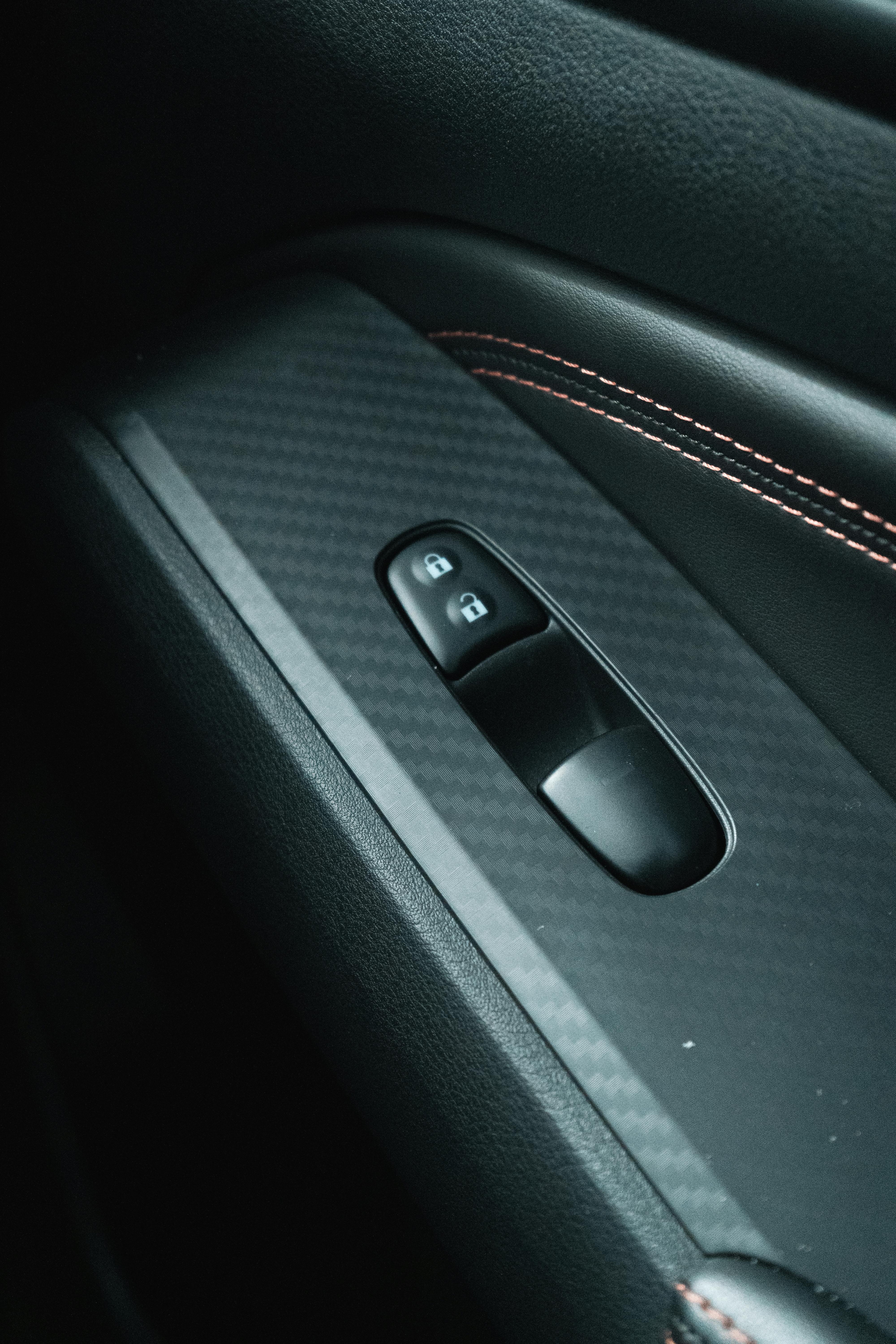
This Photo was taken by Erik Mclean.
The new philosophy: Technology as a silent partner
Invisible technology is more than just clever hiding spots; it’s a design philosophy. It’s about shifting the focus from the device to the experience it provides. The goal is to feel the benefits of technology – the convenience, the entertainment, the security – without seeing the source. This approach is the natural evolution of minimalist architecture for new home designs, where every element must have a purpose and clutter is the ultimate enemy. It’s about creating an environment that supports your well-being, a core principle of the growing trend of wellness design. When technology is invisible, your home becomes a calmer, more restorative space.
Think of it as the difference between a high-end watch with its intricate mechanics hidden behind an elegant face, and a smartwatch with a distracting, always-on screen. Both tell time, but only one does so with grace and subtlety. The true art is in making complex systems feel effortless and intuitive.

This Photo was taken by myHQ-Workspaces.
Concealment in plain sight: How to make technology vanish
Achieving a tech-free aesthetic doesn’t require sacrificing functionality. It requires creativity, planning, and innovative products designed to blend into the architecture and decor of your home.
Audio that’s heard, not seen
Bulky speakers are one of the most common design disruptors. The solution is to make your home’s surfaces the speakers. Companies like Sonance and Stealth Acoustics have perfected speakers that are installed directly into the drywall and then skimmed over with plaster and painted, rendering them completely invisible yet delivering high-fidelity audio. For less intensive installations, in-wall and in-ceiling speakers with paintable, flush-mounted grilles can disappear into the background. By focusing on these solutions, you are optimizing serenity with advanced acoustic solutions that fill your space with sound, not hardware.
Displays that become art
The giant black rectangle of a powered-off television is the focal point of far too many living rooms. Modern solutions allow your display to perform a disappearing act. Art TVs, like Samsung’s The Frame, display high-resolution artwork when not in use, while Mirror TVs from companies like Séura function as a perfect mirror until you turn them on. For the ultimate cinematic experience without the visual clutter, motorized projection screens retract into custom-built recesses in the ceiling, dropping down only when it’s movie time.
Lighting that shapes the mood
The most sophisticated lighting is felt, not seen. Instead of focusing on decorative fixtures, invisible design prioritizes architectural lighting. Recessed linear LED strips can be integrated into ceiling coves, under cabinets, or along staircases to wash walls with a soft, even glow. This technique allows you to illuminate your sanctuary with advanced lighting techniques that highlight the architecture and create ambiance without a single visible bulb. Centralized control systems eliminate the need for unsightly banks of light switches, replacing them with a single, elegant keypad or voice control.
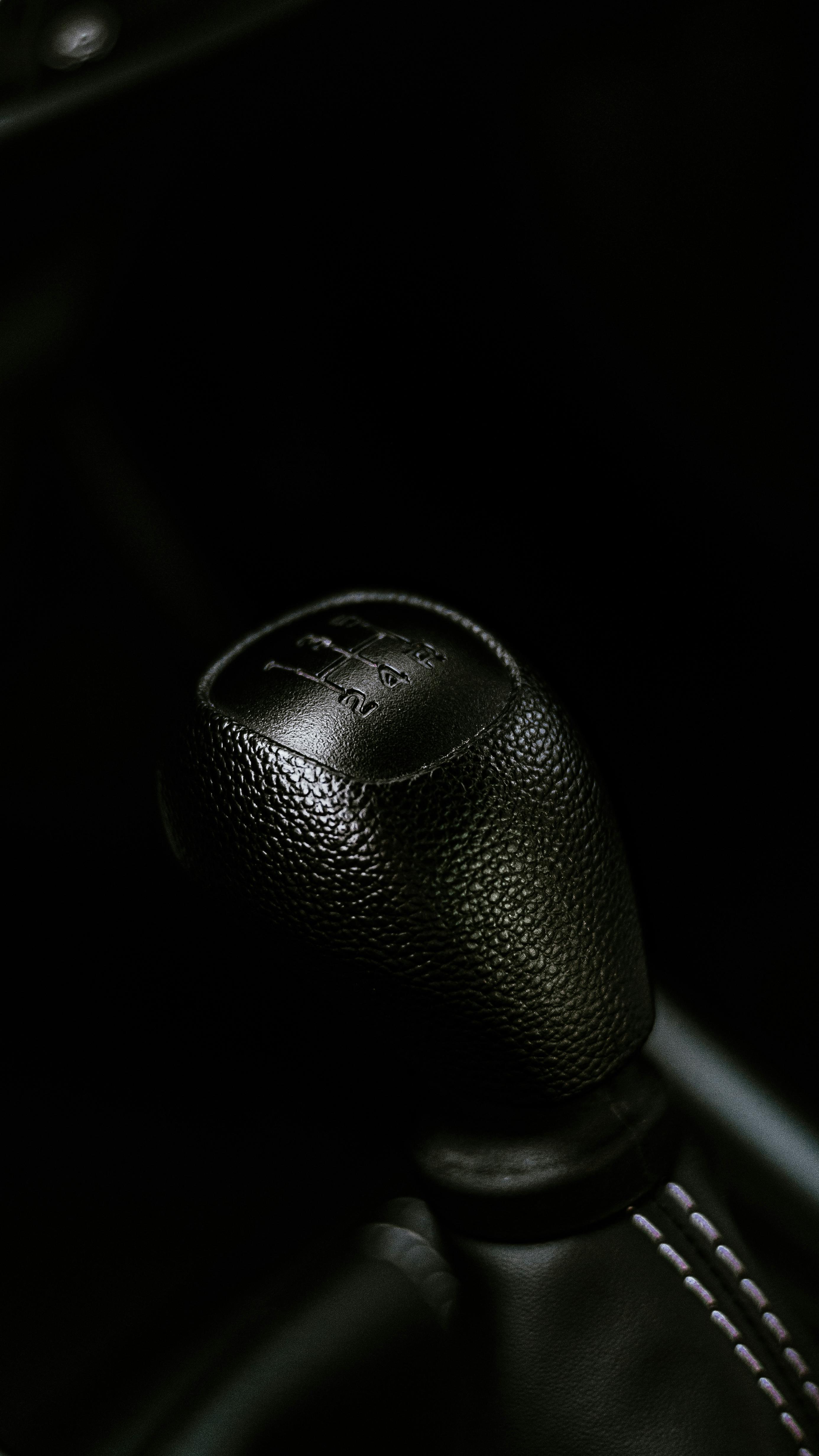
This Photo was taken by Rubenstein Rebello.
The central nervous system: Unifying your smart home
Having a dozen different apps to control your lights, shades, audio, and security defeats the purpose of seamless living. True luxury integration relies on a centralized control system from brands like Crestron or Control4. This “central nervous system” unifies all your home’s subsystems into a single, intuitive interface. The global smart home market is a testament to this growing demand for unified control, with projections showing significant growth.
| Region | Projected Market Value (2024) | Projected Market Value (2025) | Annual Growth Rate (2024-2025) |
|---|---|---|---|
| Global | $179.40 billion | $207.80 billion | 15.8% |
| North America | $58.50 billion | $66.90 billion | 14.4% |
| Source: Data compiled from Statista Smart Home Market Report 2024. | |||
This consolidated approach is key to how you elevate your sanctuary with smart home integration. Whether you prefer a minimalist touchscreen, a sleek remote, or simple voice commands, a unified system ensures your home responds to you effortlessly. There are so many benefits of being cutting edge, but only when the technology is simple to use.
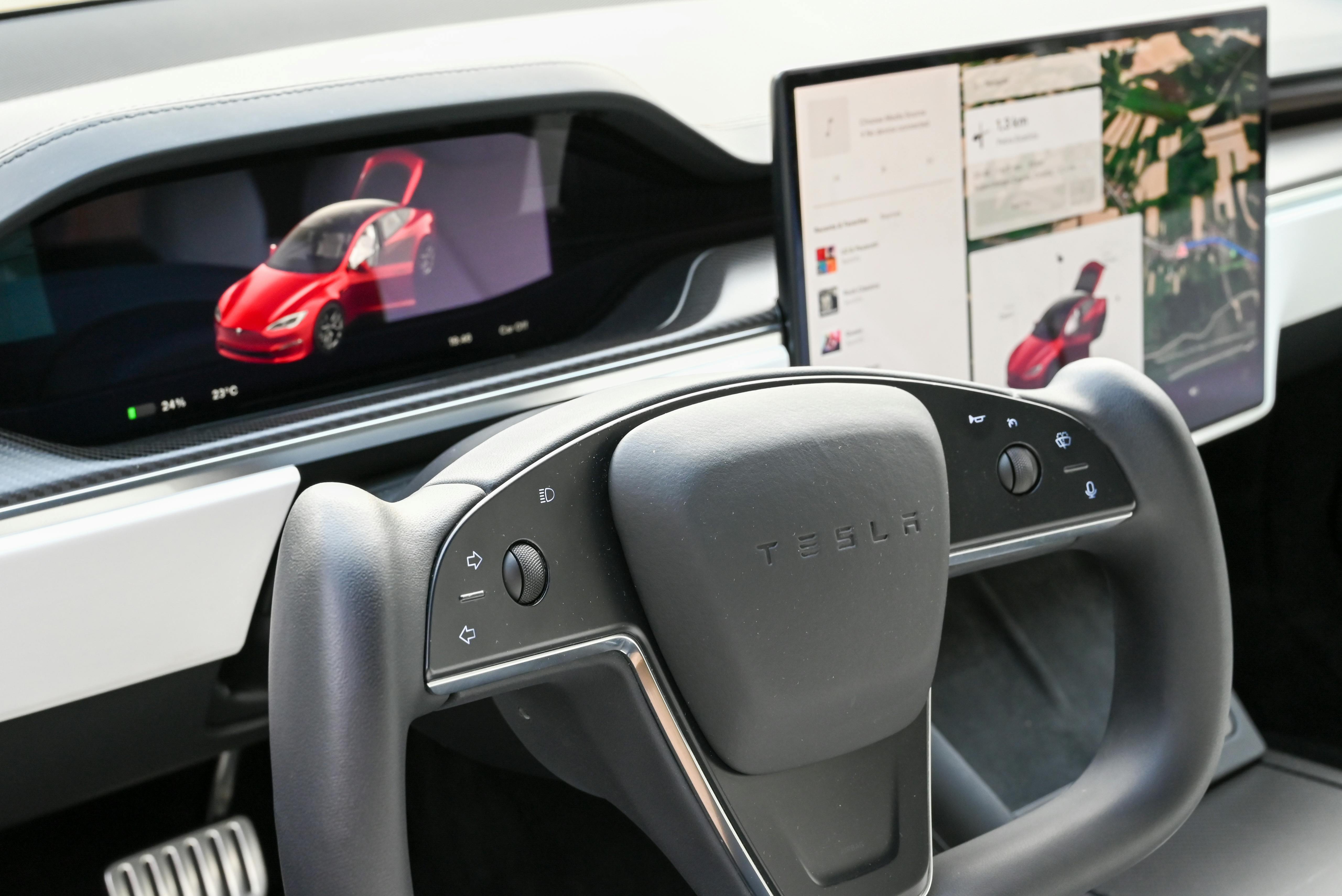
This Photo was taken by Vladimir Srajber.
From the kitchen to the closet: Total home integration
The philosophy of invisible tech extends to every corner of your home, blending high-performance functionality with flawless design.
The intelligent kitchen and sustainable living
In the kitchen, high-end appliances can be fully integrated with custom cabinet panels to create a uniform, seamless look. Charging stations for devices can be hidden within drawers, and motorized outlets can pop up from the countertop when needed and disappear when not. This meticulous approach to design also aligns with sustainability. By choosing long-lasting, integrated systems, you contribute to eco-luxury and sustainable home interiors, reducing waste from constantly replaced gadgets.
Fortified, yet elegant, security
A secure home doesn’t have to look like a fortress. Modern security systems use recessed door and window sensors that are invisible when closed. Small, sophisticated cameras can be disguised as light fixtures or placed in discreet locations. Even smart locks have evolved, offering keyless entry with designs that complement high-end door hardware. By understanding and overcoming the common problems with home security systems, you can achieve peace of mind without compromising on style.
The power of custom craftsmanship
Custom millwork and furniture are the secret weapons of invisible tech. A skilled craftsman can design a media unit that conceals a television, soundbar, and components behind beautiful wood or fabric panels. Bespoke solutions like luxury furniture from premier brands can be designed from the ground up to house technology. This level of customization, seen in everything from a media center to the art of a luxury Italian walk-in closet, is what separates a standard smart home from a truly integrated luxury environment.

This Photo was taken by Abdulvahap Demir.
Planning from the ground up: The architectural advantage
The most successful invisible tech integrations are not afterthoughts; they are planned from the earliest stages of a project. This requires a collaborative effort between the homeowner, architect, interior designer, and a professional technology integrator. This early planning is a fundamental aspect of what good architecture provides and is crucial for complex projects. A professional team understands the requirements for pre-wiring, ventilation, and structural support needed for recessed speakers, motorized shades, and hidden screens. Involving an expert is a core principle of good business and project management.
Whether you’re working with a top construction company in Dubai or renovating a historic brownstone, bringing the technology integrator into the conversation early ensures a flawless result. This forward-thinking approach, inspired by design from a serene Mediterranean travel destination, allows you to weave technology into the very fabric of your home, just like plumbing or electricity. By integrating nature and calm, you can even explore elements of biophilic interior design for truly tranquil spaces.

This Photo was taken by Mike Bird.
The ultimate luxury: A home that just knows
In the end, the art of invisible technology is about reclaiming your home from the technology meant to serve it. It’s a deliberate design choice that prioritizes tranquility, beauty, and the human experience above all else. When you strip away the black boxes, the tangled wires, and the glowing screens, you are left with something far more powerful: a home that intuitively responds to your needs, creating moments of effortless comfort and delight. This is the new standard of luxury. It’s not about having the most technology; it’s about having the most thoughtful, intentional, and seamlessly integrated home. The ultimate luxury is a space that works like magic, freeing you to simply live in it. It’s an environment that feels less like a machine for living and more like a natural extension of you.

This Photo was taken by Ibrahim Bilgin.
Frequently asked questions
Is invisible technology significantly more expensive than standard smart home tech?
Yes, integrated systems typically have a higher upfront cost. This is because they involve professional design, custom installation (like cutting into drywall), and higher-grade components designed for concealment and longevity. However, the result is a more reliable, aesthetically pleasing, and valuable asset to your home, unlike consumer gadgets that are quickly outdated.
Can I retrofit my existing home with invisible technology?
Absolutely. While it’s easiest to plan during new construction, many invisible solutions can be retrofitted. A skilled integrator can run wires with minimal disruption and install products like invisible speakers or art TVs in an existing space. The key is hiring a professional who specializes in retrofit projects.
What’s the real benefit of a professional system over DIY smart home gadgets?
The three main benefits are reliability, unification, and aesthetics. Professional systems like Crestron are engineered to work flawlessly together, managed through one clean interface, as noted by experts at CEDIA. DIY gadgets often rely on different apps and spotty Wi-Fi connections. A professional system is a robust, cohesive ecosystem designed to blend into your home’s design, not just sit on top of it.
How do I find a qualified technology integrator?
The best place to start is the CEDIA Finder Service. CEDIA is the leading global trade association for the home technology industry, and its members are vetted professionals. You can also ask for recommendations from your architect or interior designer, as they often have trusted partners they work with.
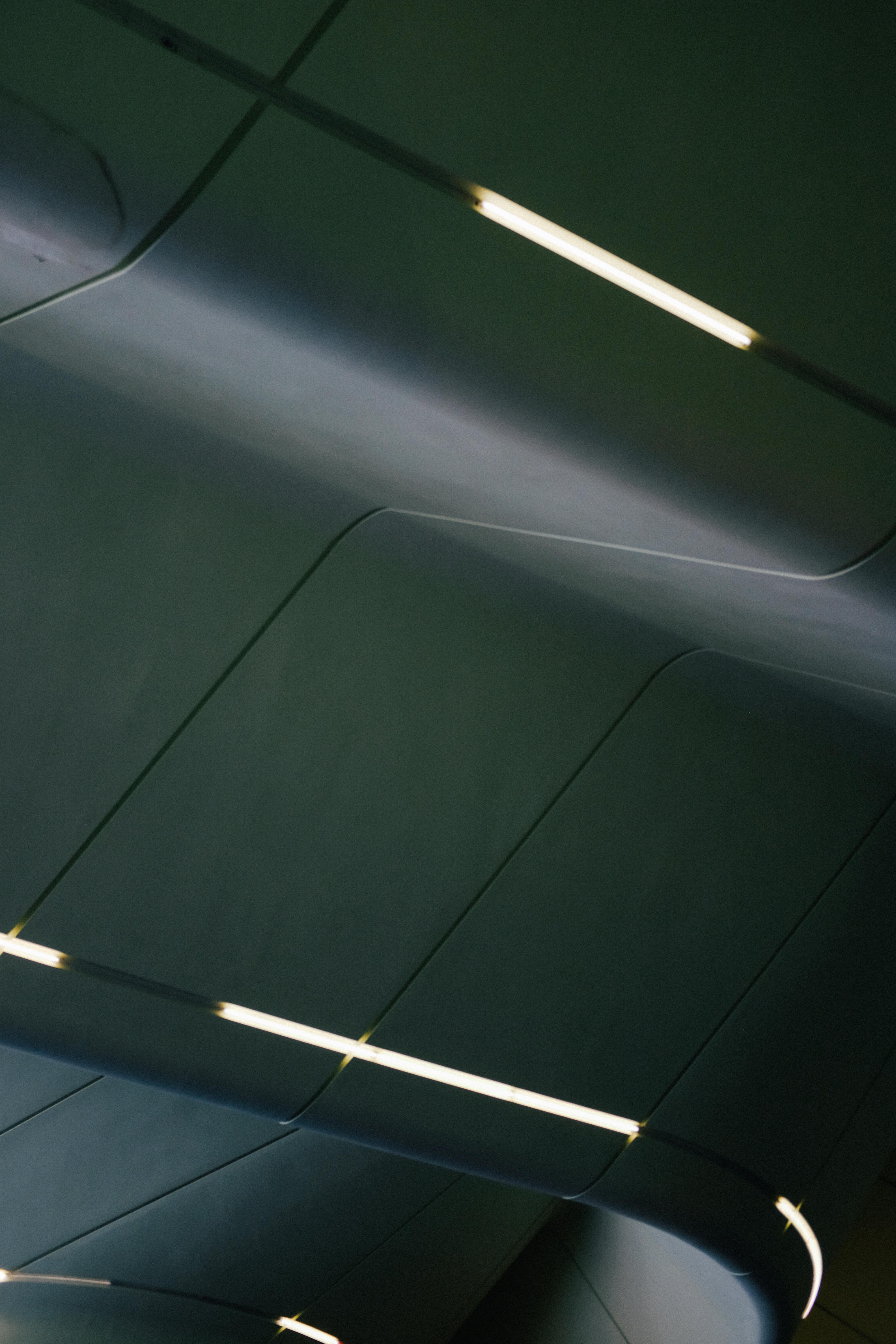
This Photo was taken by Adrien Olichon.
